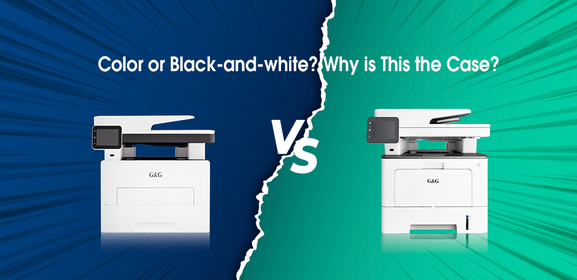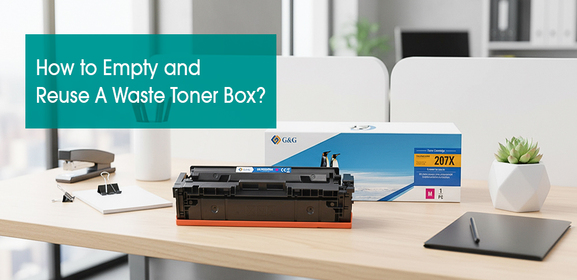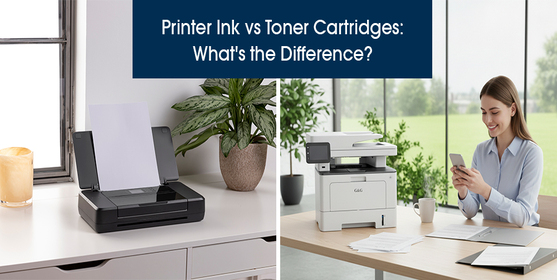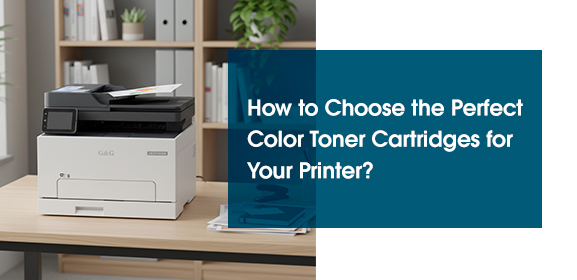-
Consumables
- Printers
- Industries
- Innovation
-
Partners
G&G Partner ProgramCo-Innovating Tomorrow Read More >
- About Us
-
Contact Us
Do you know why some prints are super vibrant, while others seem to last forever without losing their color? It's all about the ink! Dye ink and pigment ink are two main ink types in the market. So what's the difference between dye and pigment inks?
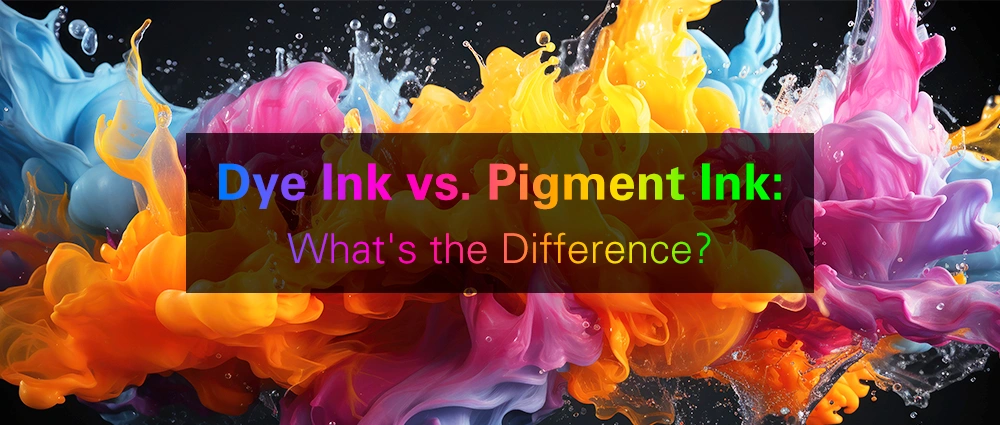
Dye ink is composed of water-soluble colorants, typically compounds that dissolve in water. The small particle size of dye molecules allows for quick absorption into the printing surface, resulting in sharp and detailed prints.
Pigment ink, in contrast, contains solid particles of colored pigments suspended in a liquid carrier. These pigments are larger in size compared to dye molecules, providing a stronger and more solid color presence on the printed surface, contributing to the increased resistance to fading, water, and UV light.
Dye ink can deliver vibrant, rich colors that pop off the page. It's perfect for everyday printing when you want your colors to stand out, like flyer or indoor posters. On the other hand, pigment ink might not be as vibrant, but it lasts longer, which is great if you need your prints to stay looking good for a while, such as for important documents or archival photos.
Dye ink can start to fade over time, especially if it's exposed to sunlight. That means your prints might lose their brightness and colors over time, which can be frustrating if you want to display your family photos or artwork. However, some ink suppliers, such as G&G, has solved this issue by developing dye ink with improved fade resistance, allowing your photos to keep their rich colors and last longer.
On the other hand, pigment ink is generally much better at resisting fade. So if you want your prints to stay looking sharp for a long time, like for professional photography or outdoor ads, pigment ink is the way to go.
Water resistance is an important factor, especially if your prints are displayed outdoor. Dye ink isn't the best when it comes to water resistance – it can smudge easily if it gets wet. But pigment ink works much better against moisture, so your prints are less likely to get ruined if they get wet. This makes pigment ink a top choice for outdoor banners or photos that might come into contact with water.
Dye Ink is excellent for glossy and coated papers, as it gets absorbed easily and gives you sharp, vibrant prints. It's perfect for photo prints or brochures where you want that glossy finish to make your images pop. But pigment ink is more versatile. It works well on a wide range of paper, including matte and fine art papers.
Different printers are designed to work with specific ink types, so always refer to your printer specifications to ensure compatibility. Generally, black ink cartridges contain pigment ink, while the color ones contain dye ink. If you're already using a specific ink type, avoid switching to another one. Mixing different inks can lead to clumps or particles that clog printhead nozzles, causing poor print quality and potentially costly repairs.
G&G offers both dye and pigment inks for all your printing needs! For more details, you can reach out to us at info@ggimage.com.
